Nature's Rollercoaster: Understanding Your Local Weather's Wild Swings
Unravel the mystery behind your local weather's sudden, dramatic shifts. Discover the forces driving atmospheric changes, from heat waves to cool breaks, and how to adapt.
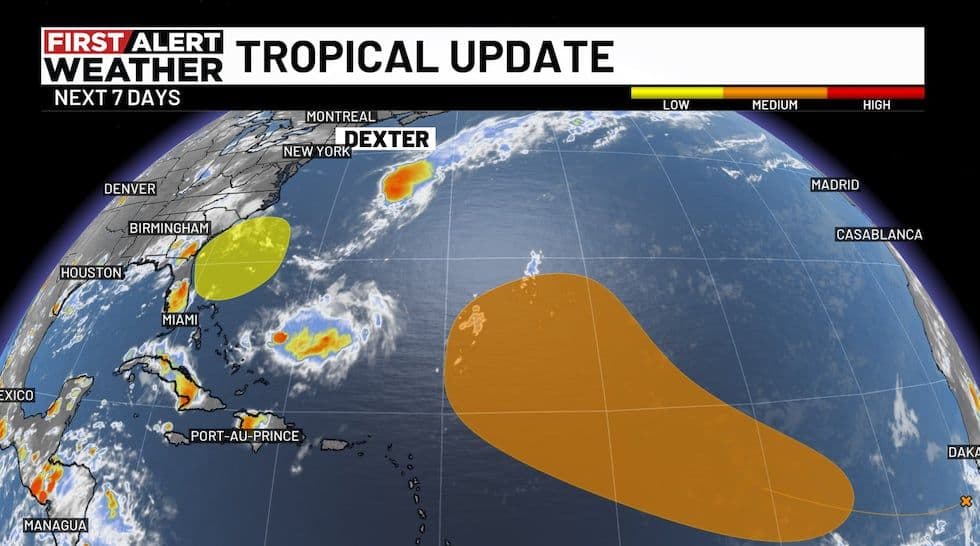
The Unscripted Atmospheric Ballet
Our local weather has truly become an unpredictable dance, a dynamic performance where the script is constantly being rewritten. Just look at recent shifts: one moment we're under a , bracing for slow-moving, pop-up storms, and the next, we're easing into humid, seasonal conditions with highs in the upper 80s. This isn't just about a simple forecast; it's about the atmosphere's inherent volatility, showcasing its ability to surprise us daily. Even as one alert expires, the need for vigilance remains, especially in susceptible to sudden downpours. Adding to this complex choreography, the tropics are stirring, with multiple systems forming and moving. While might be heading away, and a disturbance near the remains limited in development for now, their very presence underscores the constant, unseen forces at play, shaping our immediate environment in ways both subtle and dramatic. It's a vivid reminder that weather is rarely a static picture, but rather a continually evolving masterpiece of atmospheric elements.
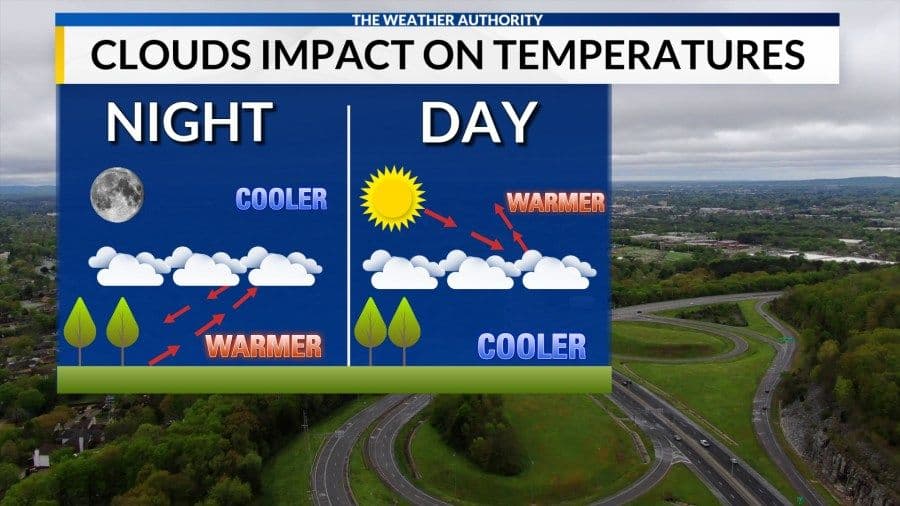
Decoding the Forces Behind the Fluctuations
What drives these dramatic swings, like the nearly 20-degree temperature drop we saw comparing one Tuesday to the next? Much of this atmospheric ballet can be attributed to the intricate interplay of forces, with playing a surprisingly significant role. Thick blankets of clouds over regions like the act as a natural thermostat. During the day, this cloud cover prevents the sun's intense heat from reaching the surface, resulting in noticeably cooler high temperatures than typical. Yet, when night falls, these same clouds become a cozy blanket, trapping the day's residual warmth and keeping overnight lows milder. Beyond local cloud dynamics, the broader atmospheric currents, often influenced by distant tropical activity, contribute to regional shifts. Even systems far from our shores can subtly alter pressure gradients and air mass movements, setting the stage for anything from isolated showers to a gradual build-up of heat later in the week. Understanding these mechanisms helps us appreciate that weather isn't random; it's a complex system of cause and effect.
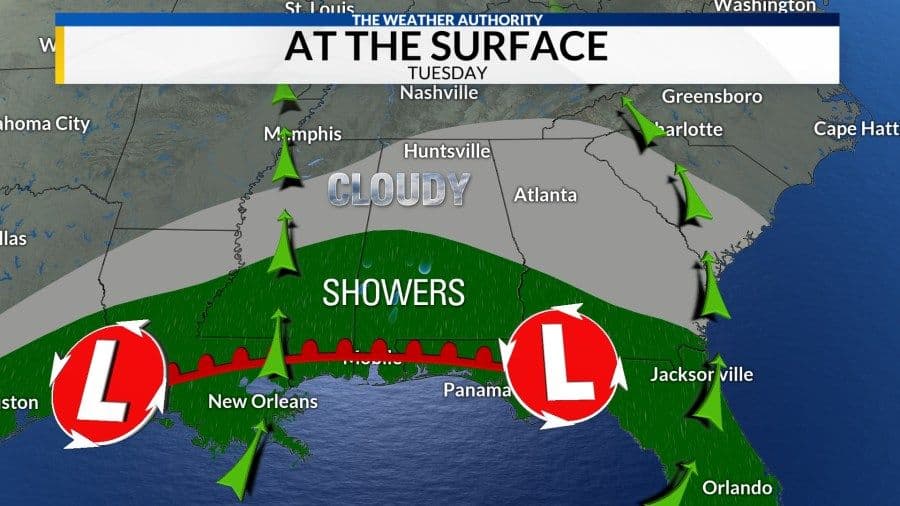
Living with Environmental Surprises
Adapting to the atmosphere's sudden shifts has become an essential part of daily life. Communities, having just dealt with weekend flooding, must remain on high alert for lingering flood watches and the potential for new, localized storms. The transition from intense heat waves to unusually cool spells, and then the forecast for a gradual return to higher temperatures, demands a flexible mindset. It's not merely about checking the forecast once; it's about continuous monitoring and understanding the implications for our routines. Psychologically, this volatility can be draining, making planning difficult and fostering a sense of uncertainty. Practically, it means always having a 'plan B' for outdoor activities, ensuring homes are prepared for both downpours and rising heat, and staying connected to reliable weather authorities. Embracing becomes less of a convenience and more of a necessity, providing real-time updates that are critical for navigating these temperamental conditions and making informed decisions for safety and comfort.
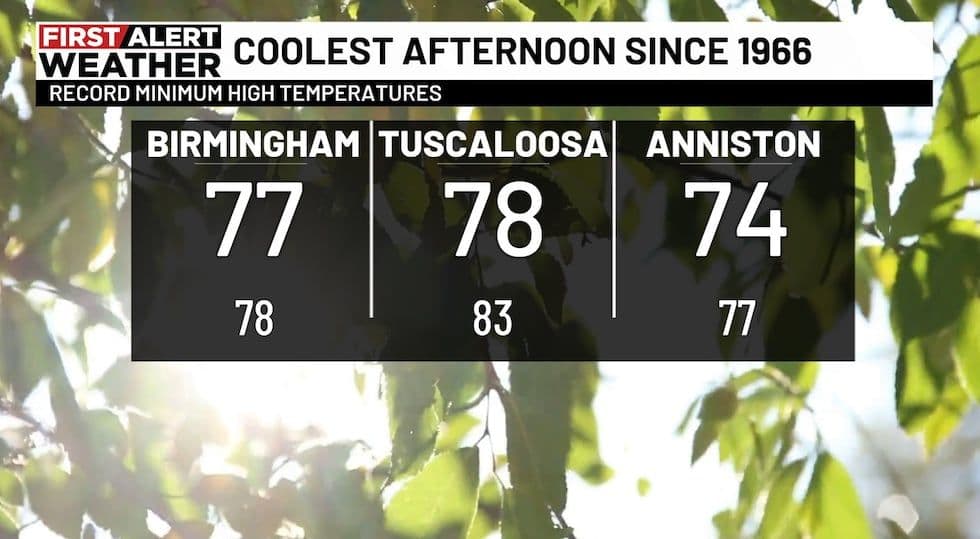
Navigating Tomorrow's Temperamental Skies
Looking ahead, the key to thriving in our increasingly volatile climate lies in informed anticipation and proactive adaptation. While we recently enjoyed record-breaking minimum highs in the 70s—a welcome respite from summer's peak—this pleasant surprise serves as a potent reminder of how quickly conditions can pivot. The forecast for heat levels to gradually rebuild through the week, avoiding an immediate jump back to extremes, offers a moment to prepare rather than react. This emphasizes the value of understanding not just what the weather will be, but also its trajectory. Communities and individuals must remain diligent, continuously monitoring official weather sources for updates on rain chances, temperature trends, and any developing . By staying engaged with the latest insights from meteorologists, we can better interpret the atmospheric signals, make smarter choices about everything from daily commutes to long-term community planning, and ultimately, navigate tomorrow's ever-changing skies with greater confidence and resilience.
Related Articles

The Daily Dial: Decoding the Earth's Shifting Moods in Your Local Forecast

The Daily Dial: Decoding the Earth's Shifting Moods in Your Local Forecast
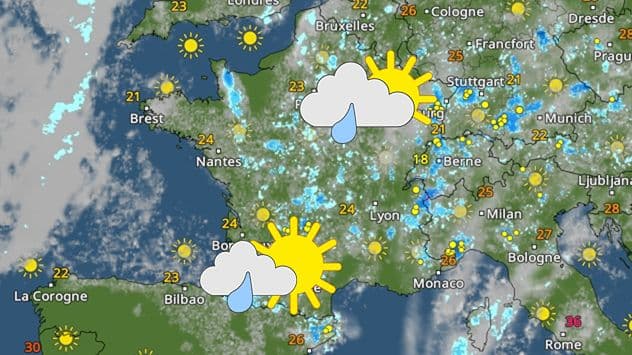
The Atmosphere's Dance: Unveiling the Secrets Behind Daily Weather

The Atmosphere's Dance: Unveiling the Secrets Behind Daily Weather

The Sky's Whisper: Navigating Life's Atmospheric Rhythms

The Sky's Whisper: Navigating Life's Atmospheric Rhythms

Weather's New Imperative: How Forecasting Became Our Blueprint for Resilience
